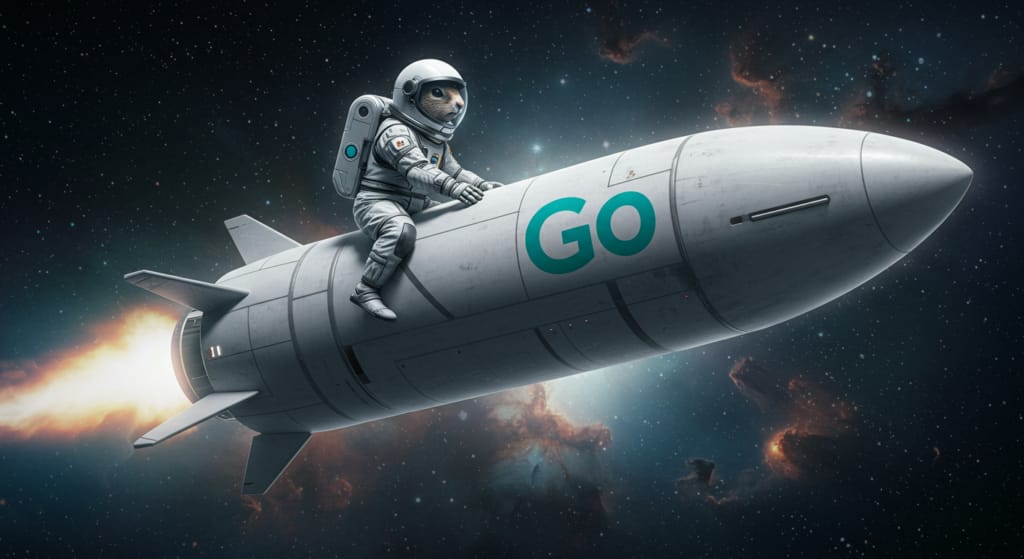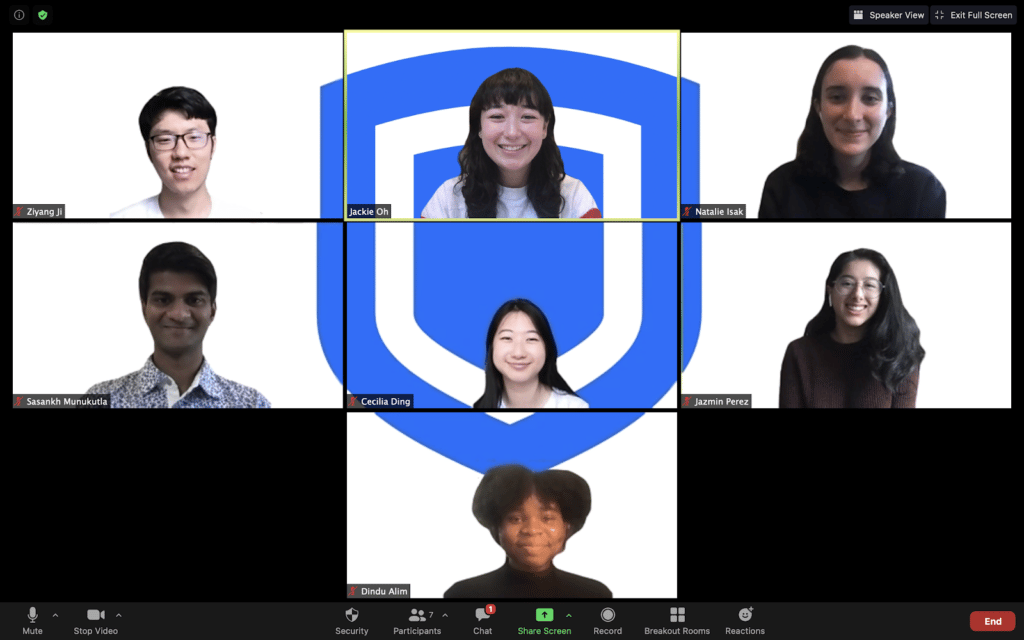
Self-driving cars have long been considered the future of transportation, but they’re becoming more present everyday. Uber ATG (Advanced Technologies Group) is at the forefront of this technology, helping bring safe, reliable self-driving vehicles to the streets. Of course, this wouldn’t be possible without the work of the engineers building the ATG platform’s underlying technologies.
 As the senior manager for Uber ATG’s Vehicle Control Team, Diana Yanakiev leads a team of talented engineers who work to ensure that self-driving cars follow their routes safely and precisely, no matter what they encounter. This work presents a myriad of technical conundrums to solve, but Diana tackles them with expertise and enthusiasm.
As the senior manager for Uber ATG’s Vehicle Control Team, Diana Yanakiev leads a team of talented engineers who work to ensure that self-driving cars follow their routes safely and precisely, no matter what they encounter. This work presents a myriad of technical conundrums to solve, but Diana tackles them with expertise and enthusiasm.
She earned her Ph.D. in Electrical Engineering from the University of California, Los Angeles in 1997. After four years at Cummins Technical Center, she became a technical expert at Ford Motor Company’s Research and Innovation Center, where she won the Henry Ford Technology Award for her outstanding work. Throughout her career, Diana has also authored over 40 cited journal and conference articles. She’s also been issued over 50 U.S. patents.
Since joining Uber ATG in 2015, Diana has built an extraordinary Vehicle Control team at Uber ATG and loves seeing her team’s hard work come to fruition. She’s excited to change people’s lives with Uber’s technology.
We sat down with Diana to discuss her career in electrical engineering, what excites her most about working on self-driving vehicle technology at Uber ATG, and her advice for aspiring engineers.
How did you first become interested in technology and engineering?
I’ve loved math and problem solving since I was very young. I took programming classes in high school and I found it exciting to bring algorithms to life. I grew up in Bulgaria, where it is very common for women to earn degrees in engineering, which made it a natural choice for me to pursue this career path.
What was your experience like earning your Ph.D.?
I studied control systems at UCLA’s Electrical Engineering department. We collaborated with researchers from UC Berkeley and USC working on technology to control driverless vehicles on automated highways.
Earning my Ph.D. was intense but rewarding. I was one of my advisor’s first students. He had high expectations, but he also provided excellent guidance, truly cared about my success, and was a great mentor. Then, when I was further along in graduate school, I had my daughter. Juggling two important priorities in my life made me even more focused and productive.
What sparked your interest in self-driving vehicles?
The engineering advances needed to make self-driving vehicles a reality are unparalleled in recent times. While fascinating technical challenges can be found in every engineering field, major developments in several areas need to come together for self-driving technology to be ready for prime time. Taking part in developing solutions that can dramatically change the way we move people and goods is my greatest career achievement.
What encouraged you to accept a role at Uber?
My graduate work was in Automated Highway Systems, so when I learned about Uber’s work on self-driving vehicles, I was intrigued. While some of the technical approaches were different in the 1990s when I was in school, the passion to change transportation and improve human lives remained unchanged. Being part of this new wave of self-driving vehicle development at Uber, with my broad professional experience in vehicle control, seemed like the perfect fit for my career.
What sealed the deal for me was how well the self-driving technology fit Uber’s business model. Urban self-driving technology relies on prior knowledge of the environment. In my opinion, automotive companies could not develop cars that drive themselves everywhere for the end consumer yet; they didn’t have the infrastructure nor the information needed. Uber, however, already had a massive ride-sharing network and could satisfy the increasing demand with fleets of self-driving vehicles that would gradually expand in certain cities.
What team are you on and what projects do you work on?
I lead the Control Team for Uber Advanced Technologies Group (ATG) in Pittsburgh, which focuses on advancing Uber’s self-driving vehicle technology. The Control Team is responsible for ensuring that self-driving vehicles accurately track their planned trajectories in all environments, even in the presence of faults. We use feedback control to stay on course regardless of potholes, banking, or grade, while keeping the ride comfortable and safe. Should the vehicle lose its primary steering or braking actuation, we can smoothly transition to a redundant system. If we stop getting valid trajectories due to some sort of fault with the system, we execute a stop on the last good path. Self-driving vehicles leverage sensors and can estimate the exact position of the vehicle during a stopping maneuver. We develop high-integrity software for these and many other safety-critical functions while making sure they integrate seamlessly with our vehicle platforms.
What is most challenging about your work at Uber? What is most rewarding?
What I find most challenging about my work at Uber ATG is preventing our rapid organizational growth from slowing innovation. As our team grows, we need to make sure that scale doesn’t slow us down in the long run. Preventing inefficiencies from creeping in requires vigilance and thoughtful cross-organizational effort.
I also want to make sure my team stays inspired on the long journey of self-driving development. As a result, I strive to celebrate how each team member’s contributions are important to our mission.
The most rewarding aspect of my work at Uber is building a successful team. Uber ATG is a great place to work among engaged, supportive peers. Helping my team members grow professionally—and having fun while doing so—is priceless.
How does Uber differ from other technology companies you’ve worked for?
I have worked at companies developing traditional technologies. In my experience, these companies also employed great engineers. However, at these companies, I had to cut through many layers of bureaucracy to see my work successfully applied to our products. It often took years to see the results of my work and how it was affecting the world.
At Uber, the impact of engineers’ work is almost instantaneous. With ATG’s efficient software development processes and validation testing, we can see the results of our efforts improving the self-driving vehicles’ behavior in a matter of days.
In addition, Uber has also always had visionary, effective leaders, while past companies I worked for only sometimes had the same level of outstanding leadership.
What advice would you give to aspiring engineers, especially those who want to work on self-driving vehicles?
Develop strong fundamentals. Don’t overthink and prepare for a specific application upfront. Maybe self-driving (or even flying) vehicles will be a solved problem and something else will be the most exciting technology to work on. Engineering challenges always evolve. The constant is the abundance of interesting ones.
Check out our other Profiles in Coding:

Bea Schuster
Bea Schuster is a freelance editor and writer for Uber Engineering. When she’s not enhancing engineers’ eloquence, she authors video game narratives and writes multiple choice tests for English classes.
Posted by Bea Schuster
Related articles
Most popular

Adopting Arm at Scale: Transitioning to a Multi-Architecture Environment

A beginner’s guide to Uber vouchers for riders

Automating Efficiency of Go programs with Profile-Guided Optimizations





